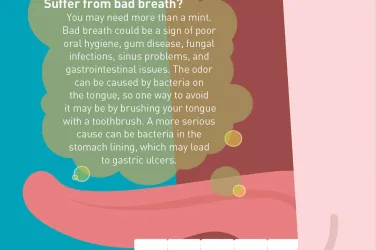
By Mimi Greenwood Knight
My neighbor, Camelia, is a force to be reckoned with. During her nine decades, she’s traveled to every continent. She’s climbed mountains and volcanos, ridden elephants and camels, traveled by dog sled, swam with sharks, gone SCUBA diving, spelunking, skydiving, and parasailing, slept in yurts and igloos, and visited parts of the rain forest few will ever see. Her robust lifestyle makes it all the sadder now that she’s restricted by age-related macular degeneration.
It began at 80 with blurry vision. By 83, Camelia had a dark spot forming in the center of her vision. That spot grew, and by her late 80s, instead of tramping through forests and diving into seas, she resigned herself to commercial cruises and guided groups. An insatiable reader, Camelia now listens to audiobooks. She hung up her car keys and sold her car. And last month, she canceled the New Yorker subscription she’s had since 1953.
What merciless disease has stopped my feisty, formidable friend in her tracks? The American Macular Degeneration Foundation describes it like this. “Macular degeneration is caused by deterioration of a critical portion of the retina, which is the tissue that lines the back of the eye and translates light from the images we see into electrical impulses, which are sent via the optic nerve to the brain, which interprets them as sight.”
The AMDF website explains that this critical area of the retina, known as the macula, captures detailed information, color perception, and contrast from the center of our visual field. When that area deteriorates because of age and/or other factors, folks like Camelia begin to lose detailed, central vision and visual acuity in one eye or both. As AMD progresses, they can’t read, drive, do fine work like needlepoint, participate in sports, and eventually, they may not recognize faces or objects. The things they do see in the center of their vision become progressively duller, and eventually, all they have is their peripheral vision.
Although AMD rarely makes anyone go completely “lights out,” once it’s in its advanced stages, they’re considered legally blind. Eventually, even the peripheral vision they retain can lose sharpness and clarity.
Sadly, there’s no cure for AMD, but treatment can often slow progression and head off serious vision loss. The key is early diagnosis and treatment. Be diligent about routine eye exams with a licensed optometrist or an ophthalmologist. If you receive an AMD diagnosis, look for a qualified retinologist who can advise you on how to check your vision weekly and chart any progression of symptoms. You can do this at home with an Amsler Grid Chart printed out or on your tablet or computer screen.
Your retinologist may prescribe nutritional supplements, including antioxidants, vitamins C and E, copper, and zinc. They may also recommend eye injections, laser therapy, and/or glasses with special lenses. Keep up with routine eye exams and follow the recommendations of your doctor. The right treatment could slow your vision loss and may even help you regain some of the vision you’ve lost.
Are you at risk for AMD?
While the causes of age-related macular degeneration are complex, many of these risk factors are under your control.
If you smoke, quit. If you’re overweight — especially around your abdomen — take steps to control your weight. If you’re frequently in the sun, wear sunglasses with proper UV protection. If you have high blood pressure, unchecked cardiovascular disease, or chronic inflammation throughout your body, partner with a doctor to address those conditions.
Unfortunately, some AMD risk factors are out of your hands. The older you get, the more your risk increases. You may also have genetic markers for AMD, and research seems to show that those with light-colored irises, those who are far-sighted, and even females are at greater risk for developing the disease (the latter simply because females tend to live longer).
Because factors such as our age, sex, and the roll of the genetic dice are out of our hands, all the more reason to be proactive about the things we can control in hopes of warding off AMD and preserving our precious sight for life.










